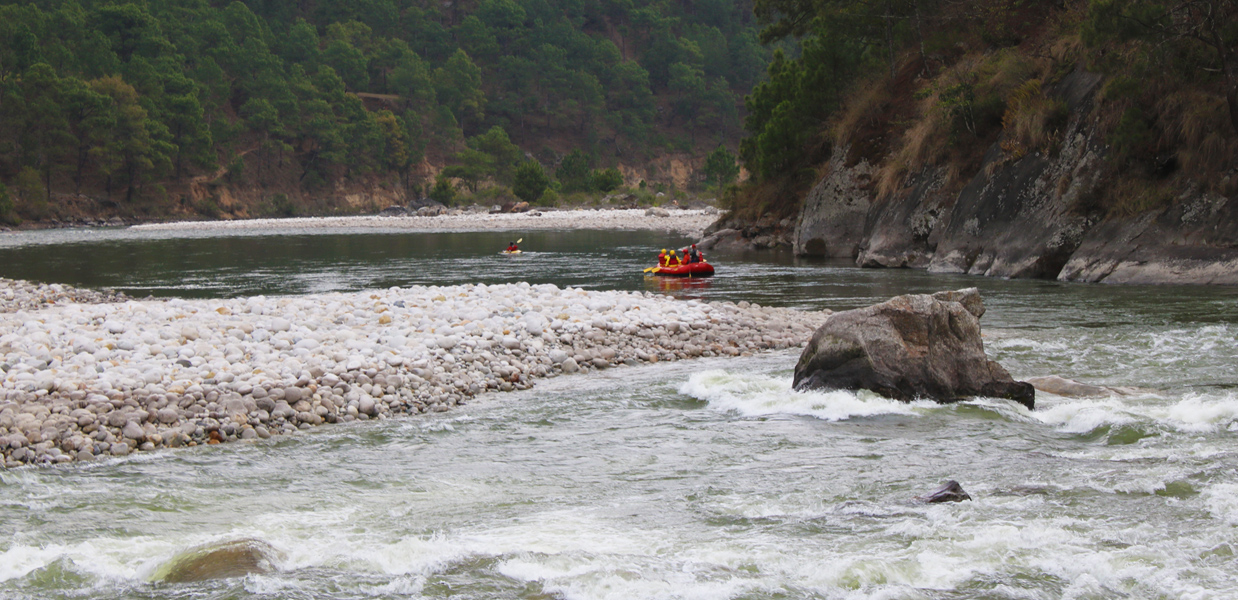Bhutan is a small landlocked country about the size of Switzerland with a population of around 700,000. Bhutan is situated in south Asia in the folds of mighty eastern Himalayas lying between two giant countries- China in the north and India in the south.
Bhutan has wide range of climate. This extreme variation can be attributed to two main factors, the vast differences in altitude ranging from 100m to 7570m above the sea level and the location of Bhutan in the Eastern Himalayas. The variation in temperature and climatic conditions is apparent in all the regions-southern, central, eastern, western and northern parts of country in all seasons. Therefore, visitors must take note of the season in which you are visiting the country and prepare accordingly.
The spring season (March, April and May) is pleasant and refreshing. It is the time for comfortable travel across the country. Many spring festivals are observed too. The landscape will be lush green and colorful with early bloomers such as Rhododendrons and Primroses.
The summer (June, July and August) is marked by monsoon period, making travels a bit murky, wet and hot. But is the most spectacular of all seasons for the nature lovers and birders. The high altitude (Alpine) plants such as Blue poppies, Lilies and Orchids, will be in full bloom. Most flowering plants bloom exquisitely in every part of the country in summer. The popular ‘snow man’ trek also kicks off in summer.
The autumn (September, October and November) heralds a cool and comfortable weather after a good length of hot and wet period. It enchants travelers on holidays, trekking or pilgrimages around the country. Also fall is marked by numerous festivals and celebrations nationwide.
Although winter (December, January and February) is frosty and chilly, it brings joy to the farmers as it illustrates healthy growth and bountiful harvest.
